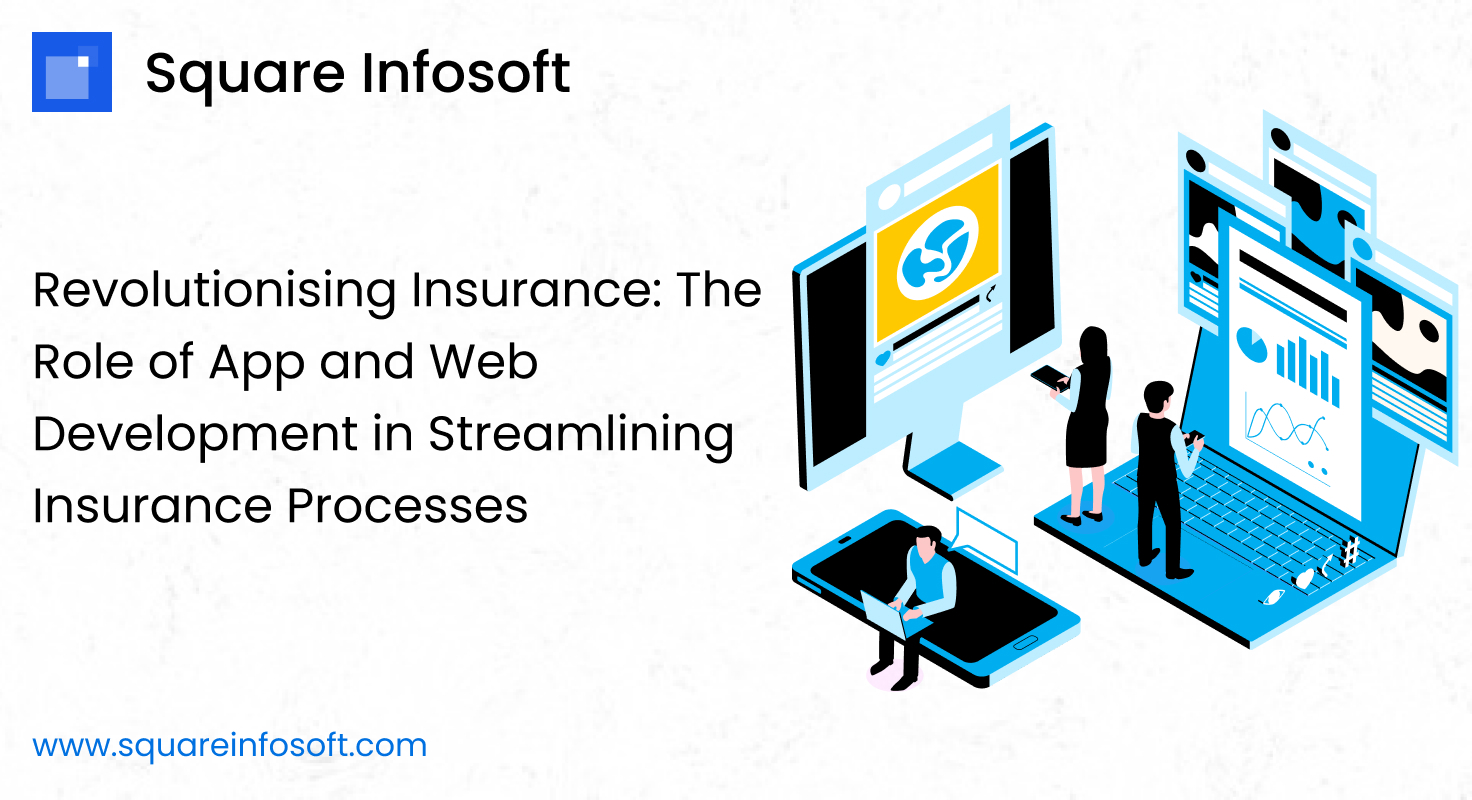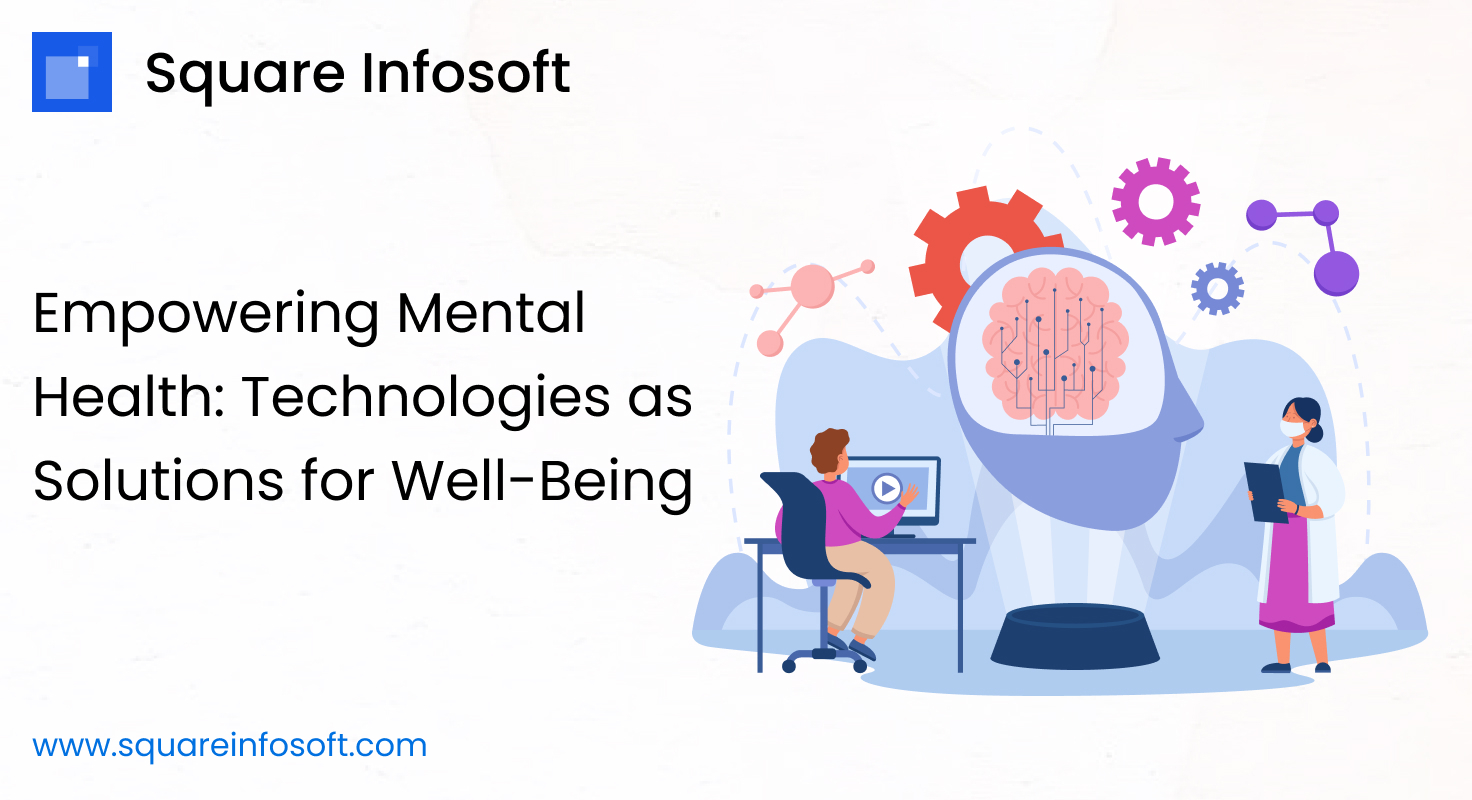Developing an e-commerce mobile app involves several steps and considerations. Here’s a general outline of the process:
- Idea and Conceptualization:
- Define your target audience and niche.
- Identify unique selling points (USPs) for your app.
- Create a list of features you want in your app.
- Market Research:
- Study the competition and identify gaps in the market.
- Understand user preferences, behaviors, and trends.
- Wireframing and Design:
- Create wireframes or mockups of your app’s user interface (UI).
- Design the app’s visual elements, keeping user experience (UX) in mind.
- Ensure the design is responsive and optimized for various devices.
- Technology Stack:
- Backend Development:
- Set up server infrastructure and databases.
- Develop APIs for communication between the app and server.
- Implement user authentication, security measures, and data storage.
- Frontend Development:
- Develop the app’s user interface based on the wireframes and design.
- Implement features such as product listing, search, filters, shopping cart, and payment processing.
- Integration:
- Integrate third-party services like payment gateways, analytics, and push notifications.
- Implement social media integration if desired.
- Testing:
- Conduct thorough testing, including functional, usability, and compatibility testing.
- Identify and fix bugs, glitches, and performance issues.
- Deployment:
- Deploy the app to the respective app stores (Apple App Store, Google Play Store).
- Ensure compliance with store guidelines and policies.
- Marketing and Launch:
- Develop a marketing strategy to promote your app.
- Utilize social media, influencer marketing, and other channels.
- Launch the app and gather user feedback for improvements.
- Maintenance and Updates:
- Regularly update the app to fix bugs and introduce new features.
- Monitor app performance and user feedback.
- Keep the app up-to-date with the latest operating system versions.
- Scaling:
- Monitor user engagement and app usage.
- Scale your infrastructure and resources as your user base grows.
- Continuously improve the app based on user feedback and market trends.
Remember that the success of your e-commerce app depends on providing a seamless user experience, a wide range of products, secure transactions, and effective customer support. It’s important to iterate, adapt, and continuously enhance your app based on user needs and changing market dynamics.




